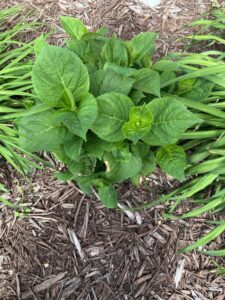Viewers question “Hello, I am just wondering why three of these trees are losing their bark? The others are not. This is in San Antonio, Texas”. Included below are 3 pictures of the trees in reference.



Unfortunately, the current state of these trees is quite concerning, and regrettably, the situation is expected to deteriorate further. The shedding of bark will intensify, and before long, branches of various sizes may begin to fall, posing potential risks to individuals and causing property damage. While I cannot provide a definitive explanation for their decline, due to insufficient information, I will attempt to offer an informed analysis.
Considering factors such as the quantity of trees, their specific species, and their proximity to one another, I can confidently speculate that an infestation of some kind is highly likely. I estimate with a 90% certainty that these trees are being affected by a pest or disease. If someone tells you they can save them, run, and run far. The reality is that over half of each tree has already perished, rendering any attempts to save them futile.
Now, it’s not uncommon for some trees to shed bark as this is part of some tree’s natural process to make way for new healthy bark. According to tree doctors, It is quite regular for a tree to moderately shed bark, especially for some types like silver maple or birch. Shedding large chunks of bark is part of the tree’s allure and natural cycle. Trees like oak, pine, maple or ash develop from the inside out, forcing older bark to fall off making room for newer bark.
SIGNS OF A DECLINING TREE
There are several signs to look out for when assessing the decline of a tree. First and foremost, a thinning canopy can indicate that the tree is not receiving enough nutrients or water to support healthy foliage growth. Additionally, dead or brown leaves appearing prematurely during the growing season may suggest an underlying issue such as disease, pest infestation, or root damage. Bark abnormalities, such as cracks, peeling, or fungal growth, can also be indicative of a declining tree. Furthermore, the presence of excessive deadwood within the crown or branches can signal structural weakness and imminent failure. Lastly, reduced overall vigor and growth rate compared to neighboring trees in similar conditions may point toward declining health.
If you suspect a declining tree on your property, it is important to get an expert out to take a look at it to determine what is going on. Some sort of action plan should be put in place, even if that means taking down the trees. If you wait too long, it can be too late and you may not be able to save your trees. If you’re located in Southeast, Wisconsin and need to know what’s going on with your tree(s), give us a call at (414)254-2491 or fill out our contact form.






